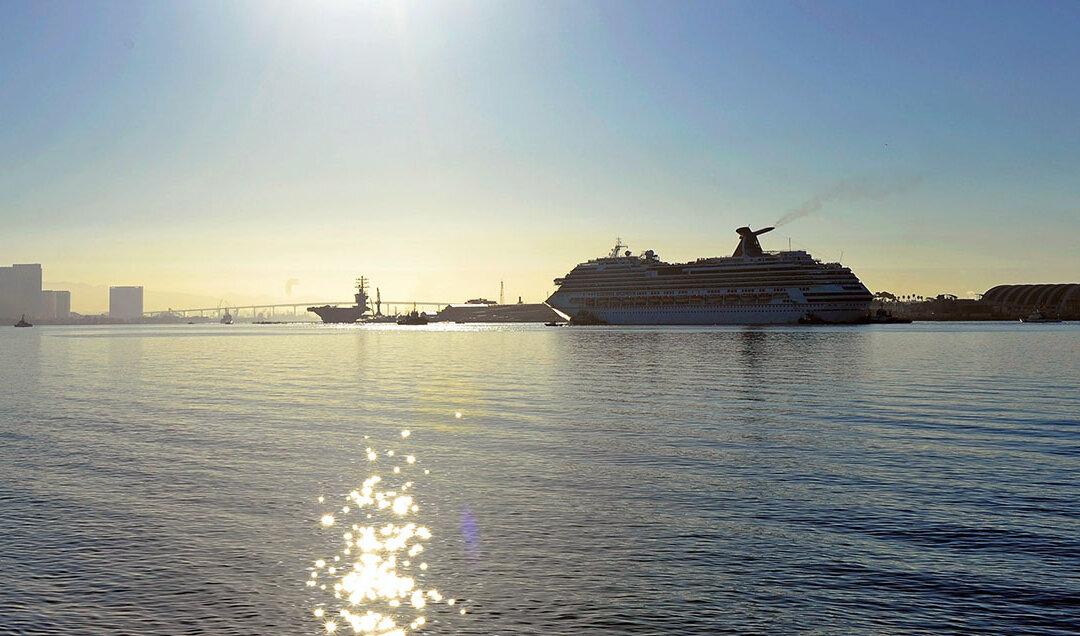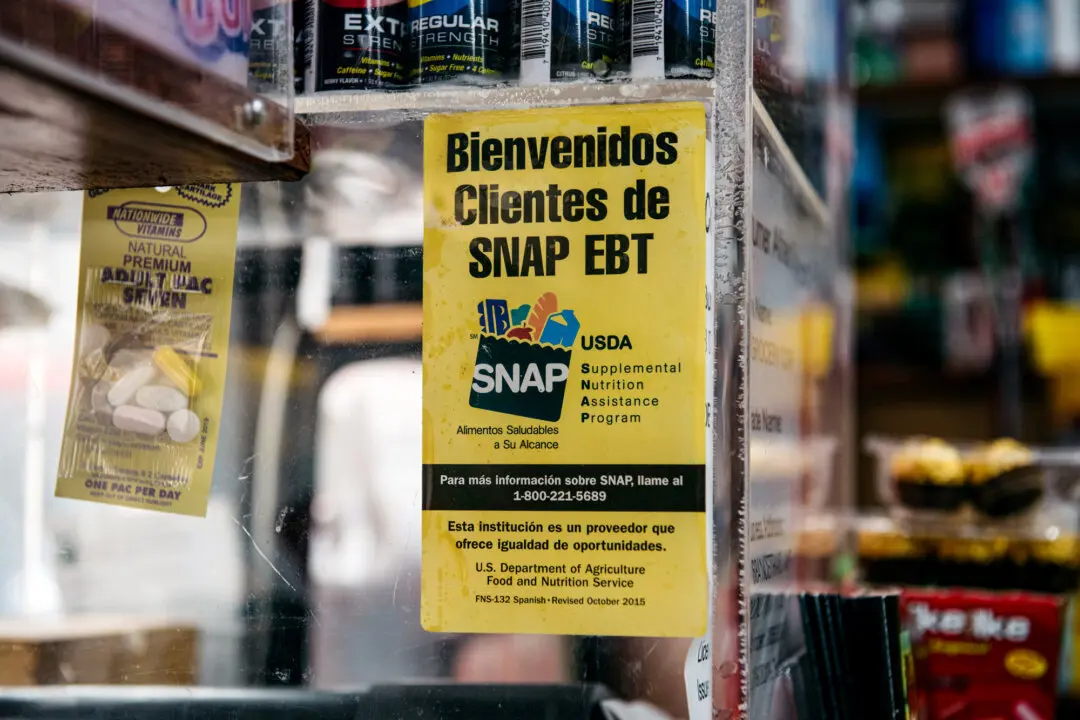A blast of cold air will affect the midwestern United States and the eastern part of the country this week, forcing Americans to start using their heaters and stoves, forecasters say
“It will feel more like November for many,” AccuWeather senior meteorologist Tyler Roys said.





